Here's some of the stuff that caught my eye in the last 24 hours...
83 F. high in the Twin Cities Wednesday.
83 F. average high on July 30.
72 F. high on July 30, 2013.
July 30, 1961: Downpour in Albert Lea with 6.7 inches in 24 hours.
Bear-nado!
So
it's come to this: a significant percentage of Americans are skeptical
of climate change, in spite of compelling evidence to the contrary. Yet
many of those same skeptics are probably open to the idea of carnivorous
sharks getting caught up in tornadoes and threatening our largest
cities.
Yes,
I watched Sharknado 2 and it's all great fun. "Um, I think think we're
going to need a bigger Doppler." I'm more concerned about a tornado
hitting the local sewage treatment plant, but not even Hollywood would
touch that one.
I see a welcome absence of tornadoes (and sharks)
into the weekend as the heat slowly builds; mid-80s Saturday and Sunday,
a few degrees above average. Get the sweating and swimming out of your
system because a spell of cooler, wetter weather is shaping up next week
as a very slow moving storm pushes across the Upper Midwest.
Weather
patterns always slow down in the summer as jet stream winds lift north,
but next week's storm may stall by midweek, dropping heavy rain Monday
into Wednesday with highs cooling into the 70s.
Our tentative summer continues to raise a few eyebrows, but my theory: it can always be worse.
Excuse me while I check the Doppler for Grizzly Bears.
* Photo credit above:
Stay At Home Brad. Thanks Brad, you brightened an otherwise blah day.
Outlook: Canadian Smoke.
The late afternoon visible image, courtesy of NOAA and HAMweather,
shows the smoke plume from fires raging in Canada's Northwest
Territories sweeping southeastward, effectively tracing out the
trajectory of jet stream steering winds aloft. You won't actually smell
smoke (the plume is too high overhead) but you may notice a milky film
dulling an otherwise blue sky, and extra-red sunrises and sunsets in the
coming days, especially Upper Midwest and Great Lakes to New England.
Summer The Way It Was Probably Meant To Be.
Long-range guidance shows a slight temperature correction by the middle
of next week - not quite as extreme or chilly as previous runs (low to
mid 70s for highs by next Wednesday?) But first comes a spell of 80s;
mid-80s likely over the weekend. An isolated T-shower may flare up
Friday, especially around the dinner hour, with a better chance of a few
hours of rain and lightning Sunday night as slightly cooler air
approaches. ECMWF guidance shows 80s returning by the end of next week.
Source: Weatherspark.
Runny Racing Stripes of Heavy Rain.
NOAA's 4 KM WRF model shows more instability T-storms firing up from
Wisconsin into New England along the leading edge of cooler air; the
heaviest rains soaking Oklahoma, Arkansa and northeastern Texas where
some 2-5" amounts may spark more flash flooding. The tropics remain
quiet for now. Source: HAMweather.
Expert. July Storms Can Indicate Strong Hurricane Season.
A high amplitude pattern over North America (hot, dry ridge in the west
- unusually chilly/stormy trough in the east) may provide a more
favorable runway for any tropical systems to push up the East Coast
later this summer and autumn, according to this story at
WPRI-TV in Providence; here's an excerpt: "...
Dave
Vallee of the National Weather Service in Taunton said storms in July
can often be an indicator of what’s to come. “I think Arthur was a
calling card,” he said. “It’s a little more common to see that as we go
into an El Niño event.” El Niño is a warming of the Eastern Pacific
Ocean, off the coast of South America. The phenomenon can occur every
few years. “What it does is change the behavior of the jet stream high
in the atmosphere, over the deep tropics of the Atlantic,” Vallee
explained..."
Continental Bank Shares 9 Tips for Hurricane Preparedness. Here's an excerpt of a good hurricane punch list available at
InsuranceNewsNet.com:
•
Protect
financial documents - In the event of a disaster, you will need
identification insurance, and financial documents to begin the recovery
process. Safeguard important documents in one of Continental National
Bank's safety deposit boxes, computer storage devices, and/or water and
fire proof storage containers. You should save: forms of personal
identification; financial account information; insurance policies on all
personal property, including appraisals and lists and photos of
valuable items; ownership or leasing documentation for homes and
vehicles; and all health and medical insurance documentation.
•
Develop a family communications plan - Know how you will contact one
another and where you will meet should you happen to get separated..."
New Wildfire Science Shows That Small Steps Can Save Homes, Communities. I thought this story at
National Geographic Daily News was interesting - here's an excerpt: "...
As
the summer wildfire season enters full swing in the United States, with
more than 700,000 acres now burning in the Pacific Northwest and
California, the difference between a surviving house and a charred husk
could come down to details as small as screens over attic vents, trimmed
trees, or pine needles in the gutters. In fact, in the past ten years
scientists have gained a whole new understanding of factors that can
help a home survive a wildfire. And it turns out that saving a house has
less to do with stopping a forest fire cold or creating a nonflammable
moonscape for a hundred feet in every direction. It's more about lots of
minor modifications and regular maintenance..." (File photo: USDA).

Wildfire Risk Across the Southern USA. Here is a powerful interactive tool,
The Wildfire Risk Assessment Portal, showing risk levels from Texas into the Carolinas and Virginias, courtesy of The Southern Group of State Foresters.
NOAAView Data Exploration Tool. NOAA has a
powerful visualization tool with multiple layers - an effective way to keep a global perspective on weather.
2014 Lightning Fatalities. The Miami office of The National Weather Service reports 15 lightning-related deaths so far this year, 6 in Florida, 1 in Wisconsin and 1 in Michigan.
Elliot Founder Reveals His Dread of Electromagnetic Pulse.
Hedge Fund manager Paul Singer puts the risk of long-term power grid
failures from an X-Class solar flare above nuclear conflict and
pandemic, and I suspect his paranoia is well-placed. It's the things you
usually don't fret about that come back to bite you when you least
expect it.
The Financial Times (paywall) has the story. (Image credit: NASA).
Probability of a Massive Solar Storm in the Next Decade? About 12% Mysterious Universe
has more on the near-miss in 2012; had the X-class solar flare occurred
about 1 week earlier, scoring a direct strike on Earth, there's a
statistically significant chance you wouldn't be reading this right now.
Here's a clip: "...
Unfortunately, the Sun spews out massive coronal
mass ejections all the time; scientists estimate our odds of being
clobbered with one are about 12% over the next ten years. So what
happens when it does hit? Maybe nothing; maybe the nightmarish scenario
described above; maybe anything in between. It all depends on the
strength of the CME, the strength of the resulting geomagnetic storm,
and a variety of factors we can’t quite assess yet. But if the data from
the 2012 CME is any indication, Earth’s power grid isn’t ready for the
consequences..."
What Would Happen If Ebola Came To The United States? Yes, here's another happy thought.
Vox
takes a look at why we are better prepared than many nations, but the
resulting panic might make the bird flu look tame, by comparison. Here's
an excerpt: "...
With air travel as common as it is, borders don't mean all that much when it comes to disease. It's
entirely possible — though by no means certain — that at some point,
someone infected with Ebola could get on a plane and land in the United
States. And then what? As it turns out, experts say, we'd probably be
able to contain an Ebola outbreak here pretty quickly. But it's worth
exploring why that is. The outbreak in West Africa is so severe for a
number of key reasons, including a lack of
resources, inadequate infection control measures, and mistrust of health
workers. The United States, by contrast, has far better public-health
infrastructure. And that makes all the difference..."
Photo credit: AP Photo/ Youssouf Bah.
The Doc About "Bomb Trains" Filled With Crude Oil Will Make Your Head Explode.
If you've been paying attention (and I trust you have) you just can't
miss the parade of black train cars filled with North Dakota crude
chugging across Minnesota, passing right thru the Twin Cities metro
area. What can possibly go wrong? Here's an excerpt from
Grist: "
VICE News just released Bomb Trains: The Crude Gamble of Oil by Rail, a 23-minute-long documentary investigating the explosive oil trains
that regularly run from the Bakken shale to the Pacific Northwest. That
might seem a bit long for web video, but you should watch it anyway —
mostly because Thomas the Terror Engine is headed to your town, but also
because Jerry Bruckheimer has nothing on the terrifying explosions at
the 5:09 and 6:00 marks..."
Do You Live In a "Bomb Train" Blast Zone? Yes, I live near one too, and just the thought of this makes me sleep better at night. Here's an excerpt from
VICE News: "
The
map (above) provides a striking visualization of where crude oil is
traveling by rail throughout the United States and Canada. ForestEthics,
the environmental group that created it, used industry data and reports
from citizens who live near oil train routes to provide one of the first comprehensive visualizations of how many people are at risk from oil trains, and where.
The group estimates that some 25 million Americans live within the
one-mile evacuation zone that the US Department of Transportation
recommends in the event of an oil fire. Do you live in the blast zone of
a bomb train?..."
Warding Off Lions With Mobiles Shows African Technology Boom. There's an app for...that?
Bloomberg
has the fascinating story of how affordable smartphones coupled with
phone-controlled lighting apps are reducing the risk of lion attacks in
Africa - here's a clip: "...
Mobile technology is revolutionizing life for many of the more than 1 billion people in Africa
for whom services like banking, the Internet and affordable energy were
previously considered luxuries, rather than everyday staples. And with
wireless operators pioneering their own inexpensive smartphones, the
continent with the world’s youngest population will soon have access to
4G networks and apps that will feed a consumer boom that’s driving
African economic growth...
Photo credit above: M-Kopa Sola. "
An M-Kopa Solar information center."
"Fitle" Gives Users a 3-D Avatar of Themselves For Virtually Trying On Clothes.
I do hope my 3-D avatar is better looking (thinner with more hair,
please). Shopping for clothing from your favorite couch may be about to
get easier - and more accurate. Here's an excerpt from
gizmag.com: "...
While
these tools can be useful, Fitle says that it can create a 3D avatar of
an individual that not only looks like them, but that is
morphologically exact. Indeed, it claims to provide a 99 percent
accurate representation of the user. Fitle avatars are created using the
height measurement of a user and four photos of them. An algorithm is
used to extract more than 50 parameters based on how a user looks, while
another is used to create a 3D reconstruction of the user. Fitle says
the end results are photo-realistic..."
Driven Crazy: One Journalist's Quest To Get a License in Japan. Yes, it makes our DMV look like a piece of cake, by comparison. Here's an excerpt from
The Wall Street Journal: "...
The
process itself seems to have a purpose: socializing the candidates so
they’ll behave properly once they accomplish their goal. Anybody merely
casual about the matter gets weeded out. And, as hard as it is to get
the license, keeping it isn’t easy either. Best to keep bending over
backwards to follow every last rule. Overall, I had to make seven trips to locations around the city
over two months, spending about $600. (Canadians and Europeans have it
easier, with more streamlined reciprocity driving agreements with Japan)..."
Photo credit above: "
Winning the right to join these drivers on Japanese roads is no smooth ride." Bloomberg News.
It Has Happened. Tofu McNuggets Exist. Now you know what's in those nuggets, at least in Japan.
Huffington Post has the story - here's an excerpt: "
McDonald's
just might have become a tofu lover's fast food delight. Attributed to
the fallout from a Chinese food supplier (though some are claiming the
move was planned well in advance) sending rotten meat to restaurant chains, McDonald's in Japan decided to play it safe and chicken-free by turning to tofu..." (Image: McDonald's).
TODAY: Warm sun, still pleasant. Dew point: 57. Winds: NW 8. High: 82
THURSDAY NIGHT: Isolated evening T-shower southern MN, otherwise partly cloudy. Low: 63
FRIDAY: Sticky sun, stray late-day T-shower. High: 82
SATURDAY: An SPF 50 day. Warm sun. Dew point: 61. Winds: SW 5. Wake-up: 64. High: 84
SUNDAY: Less sun, few PM T-storms. Wake-up: 66. High: 85
MONDAY: Lingering showers and T-storms. Wake-up: 65. High: near 80
TUESDAY: Unsettled. Nagging thunder risk. Wake-up: 63. High: 79
WEDNESDAY: Heavy rain, storms southern MN? Wake-up: 61. High: 73
Climate Stories....
White House: $150 Billion a Year Will Be Cost of Climate Inaction.
From flooding in the east to non-stop wildfires in the west, the
federal government is already picking up much of the tab for
weather-on-steroids. Here's an excerpt from
Inside Climate News: "...
Allowing
warming to pass safe levels and reach 3 degrees Celsius could cause
damage amounting to 0.9 percent of global economic output each year,
according to the new report from the White House's Council of Economic
Advisers, a three-member group that counsels the president on economic
policy. That level of warming would cost the United States about $150
billion a year in today's dollars. It will come in the form of damage to
public health and biodiversity, as well as physical impacts from rising
seas and more severe storms, droughts and wildfires..."
White House Climate Change Report: Act Now or Pay Later. The Christian Science Monitor has the story
here.
Huge Waves Measured For First Time In Arctic Ocean. Here's an excerpt from a press release at
The University of Washington: "
As
the climate warms and sea ice retreats, the North is changing. An
ice-covered expanse now has a season of increasingly open water that is
predicted to extend across the whole Arctic Ocean before the middle of
this century. Storms thus have the potential to create Arctic swell –
huge waves that could add a new and unpredictable element to the region.
A University of Washington researcher made the first study of waves in
the middle of the Arctic Ocean, and detected house-sized waves during a
September 2012 storm. The results were recently published in Geophysical Research Letters..."
Thinning Arctic Ice. The Navy has a
web site
that allows you to track the thickness of ice (in meters), in this case
since July 10. As you can see much of the ice is gone between Alaska
and Siberia, thicker ice being pushed by prevailing arctic winds toward
Baffin Island and Greenland. Less ice = larger waves.
Climate Change Research Goes To The Extremes. Here's an excerpt of a story from
Northeastern University that caught my eye: "...
What
they found may surprise some: While global temperature is indeed
increasing, so too is the variability in temperature extremes. For
instance, while each year's average hottest and coldest temperature will
likely rise, those averages will also tend to fall within a wider range
of potential high and low temperature extremes than are currently being
observed. This means that even as overall temperatures rise, we may
still continue to experience extreme cold snaps..."
Is This How To Sell Americans on Fighting Global Warming?
Put dollars back into the pockets of anyone with a social security
number? Sounds like a good start. Here's an excerpt of an ambitious
proposal highlighted at
Bloomberg Businessweek: "...
The
bill would require companies to have permits to produce or import
carbon-containing fuels such as oil, coal, and natural gas. The permits,
instead of being allocated politically, would be auctioned off by the
government, so they would get into the hands of the emitters who need
them the most. A similar auction system drastically reduced emissions of
sulfur dioxide—which causes acid rain—quicker and cheaper than experts
expected. Here’s Van Hollen’s political twist: The money raised by the
permits would make a U-turn and go straight back to the American
people—specifically, every person with a Social Security number. The
same amount of money to every person, even those who don’t earn enough
to pay income taxes..."
What
they found may surprise some: While global temperature is indeed
increasing, so too is the variability in temperature extremes. For
instance, while each year’s average hottest and coldest temperatures
will likely rise, those averages will also tend to fall within a wider
range of potential high and low temperate extremes than are currently
being observed.
This means that even as overall temperatures
rise, we may still continue to experience extreme cold snaps, said
Kodra, who earned the College of Engineering’s outstanding graduate
research award in 2014 and is now leading data analytics efforts at
Energy Points, an innovative Boston area startup.
- See more at: http://www.northeastern.edu/news/2014/07/climate-change-research-goes-to-the-extremes/#sthash.AyPcOnF2.dpuf
Personal Stories about Global Warming Change Minds. Climate Central's Chief Scientist Heidi Cullen has an important Op-Ed at
The New York Times; here's an excerpt that resonated with me: "...
The
best films and novels have always tackled the most compelling issues of
the time. “Uncle Tom’s Cabin” and “The Jungle” moved people to demand
action because of their unique ability to weave together the emotional,
rational and moral threads around fraught topics like slavery, poverty
and dangerous working conditions. When done right, true stories are
explosive. They provide us with new ways of seeing the world and our
place in it. The facts themselves may be unable to make global warming
feel psychologically proximate, but we still need them to make informed
decisions..." (File image:
Water Missions International).
Mayor of London Unveils Plan For UK's First Floating Village.
Why do I think we'll be seeing more floating communities in the years
to come? Adaptation and resilience - if water levels rise so does the
entire community. Here's a clip from
Gizmag: "
Another
day, another ambitious architecture project championed by Mayor of
London Boris Johnson. The mayor's office recently revealed that
consortium Carillion Igloo Genesis has won a competition to design and
build the UK's first floating village at the Royal Victoria Dock, East
London..."
 Opinion: Why Are Conservatives Afraid of Neil deGrasse Tyson?
Opinion: Why Are Conservatives Afraid of Neil deGrasse Tyson?
Good question, maybe because the truth about scientific objectivity and
the reality of a more volatile climate will start to resonate,
especially with younger voters? Yes, by all means let's be conservative
about everything (except the environment that sustains us - there we can
afford to take chances). Let's just roll the dice. Here's an excerpt of
an Op-Ed at
The Los Angeles Times: "...
No,
the danger Tyson brings to the political structure, as he gains an
increasingly large foothold in the popular culture, is the threat of an
informed populace. “When you’re scientifically literate, the world looks
different to you,” Tyson wrote
in 2011. “It’s a particular way of questioning what you see and hear.
When empowered by this state of mind, objective realities matter. These
are the truths of the world that exist outside of whatever your belief
system tells you...”
File photo: AP, Frank Micelotta.
Florida Official Describes Efforts, Challenges in Combating Climate Change. Here's a clip from a story at
The Miami Herald: "...
Inaction
on climate change is not an option for Florida,” said Sen. Sheldon
Whitehouse, a Democrat from Rhode Island and the subcommittee’s
chairman. “The longer the wait for action, the higher the cost. Climate
change is stacking the deck against our oceans, our fisheries and our
coastal economies,” he said. Jacobs detailed the impact of rising
temperatures and seas on South Florida and talked about steps
governments in the area have taken to combat it. “Florida, especially
South Florida, is extremely vulnerable to the effects of climate
change,” she said. “Our extensive coastline, low land elevations, flat
topography and unique geology combine to put South Florida communities
on the front line for combating climate impacts...”
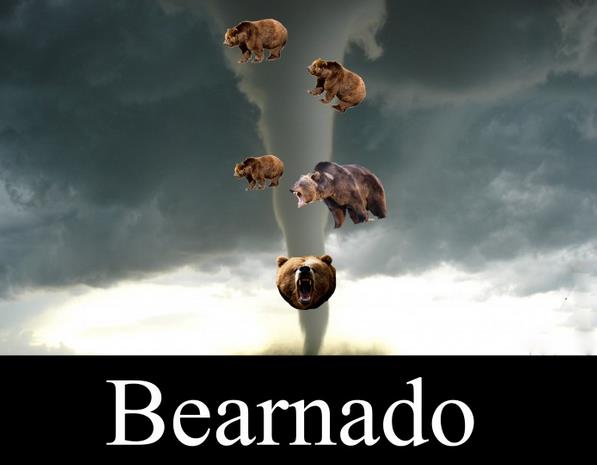

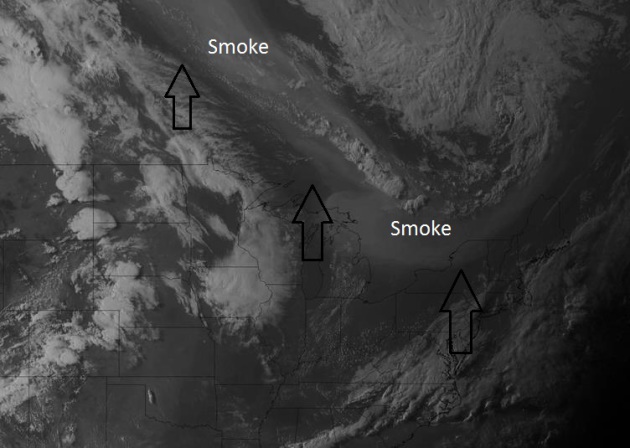
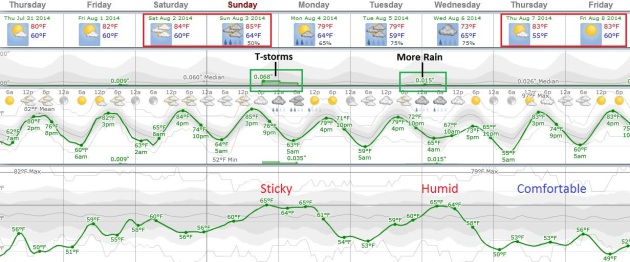
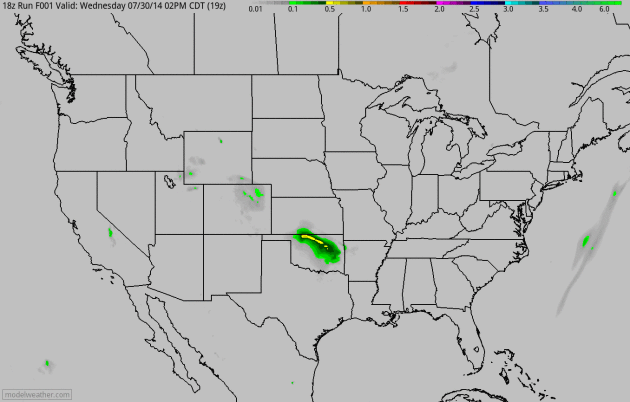
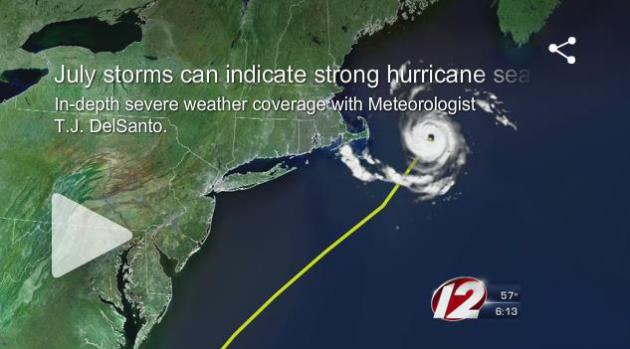
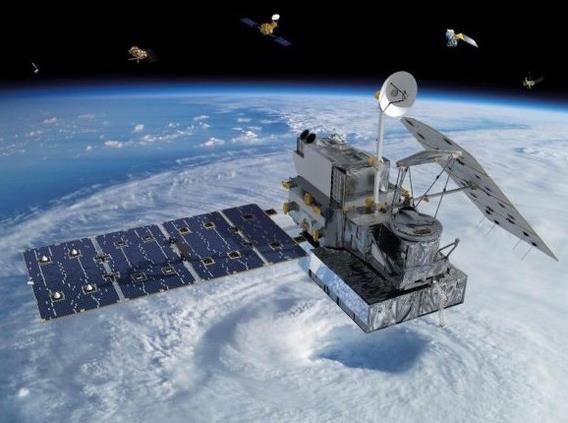
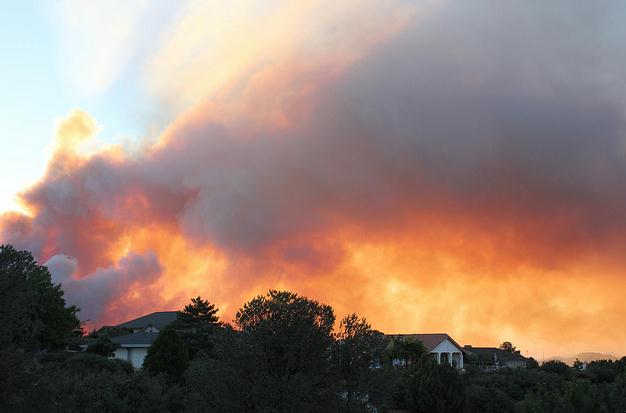
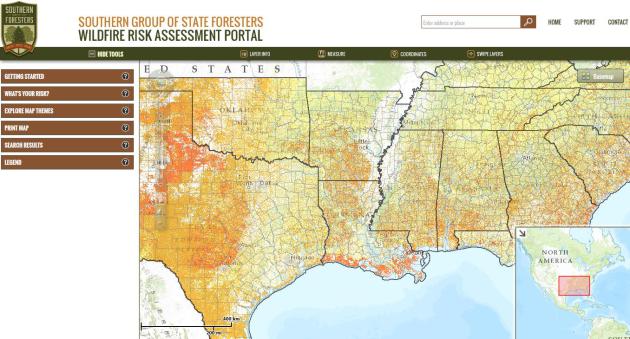
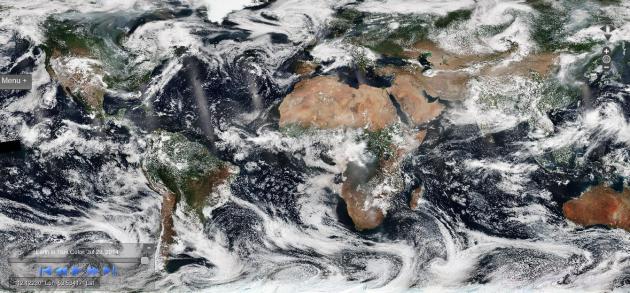
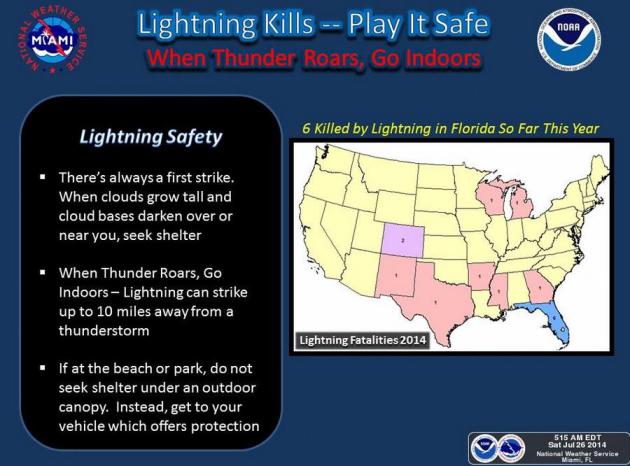
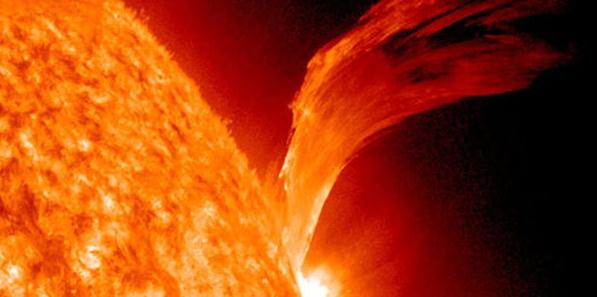

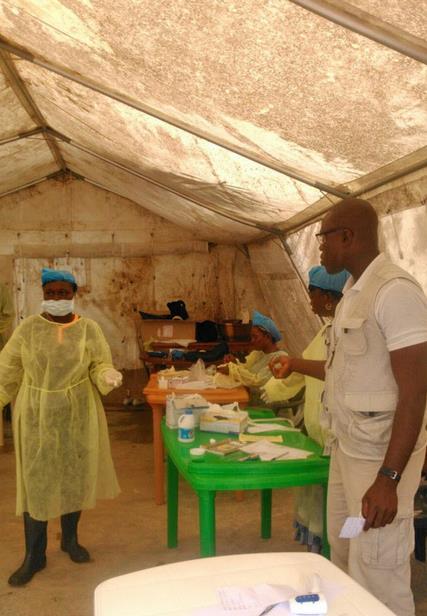

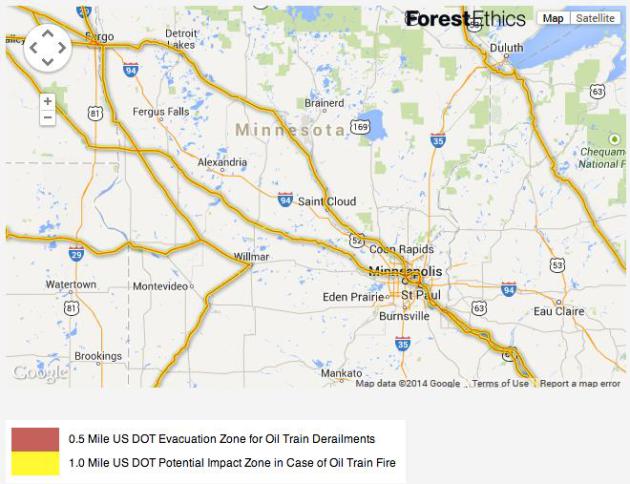


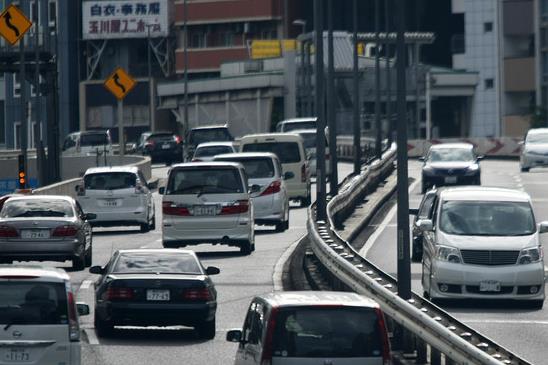

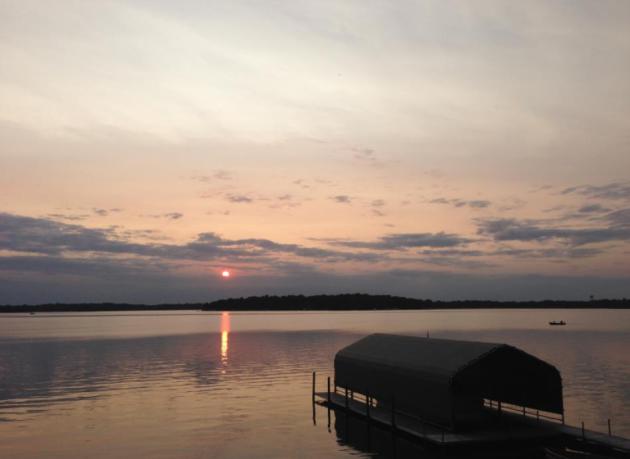


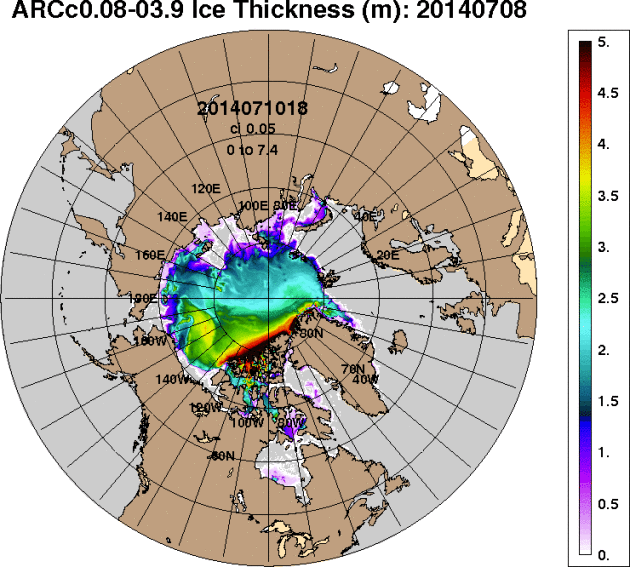
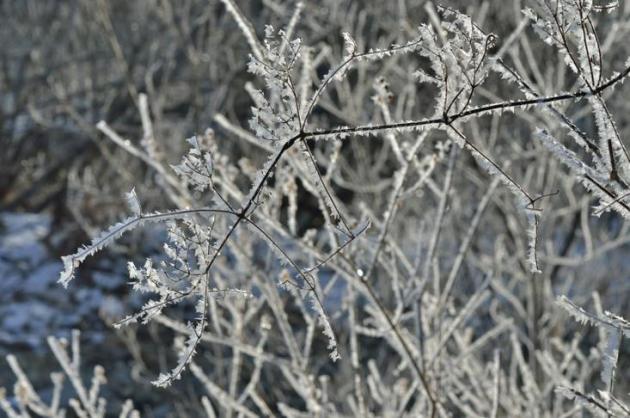
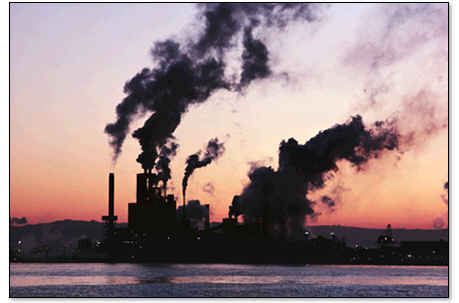
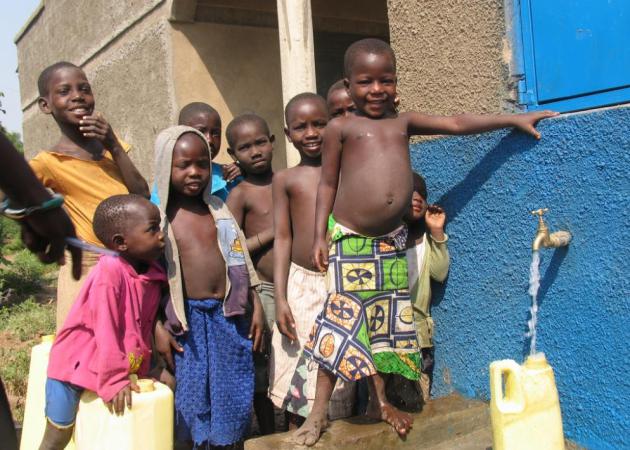


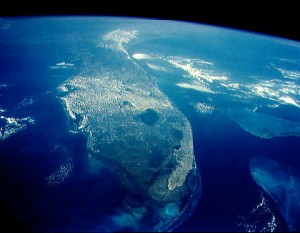
No comments:
Post a Comment